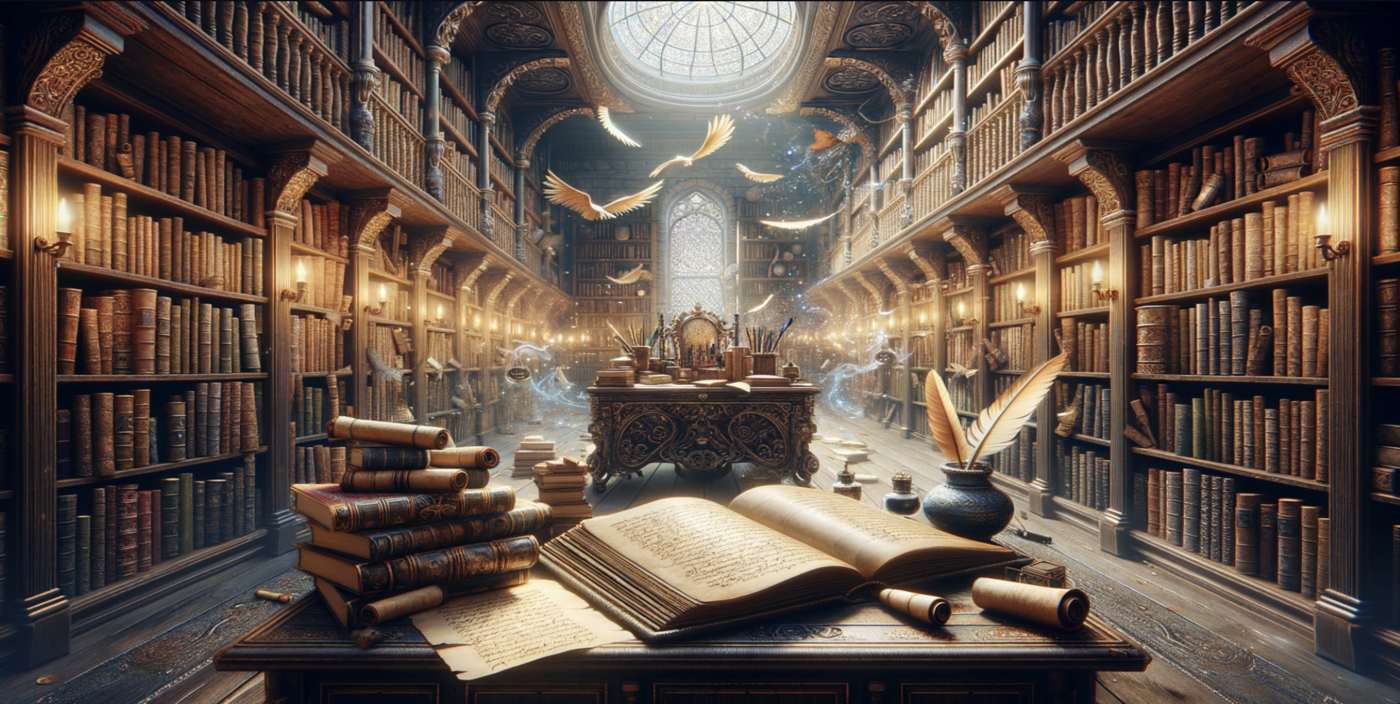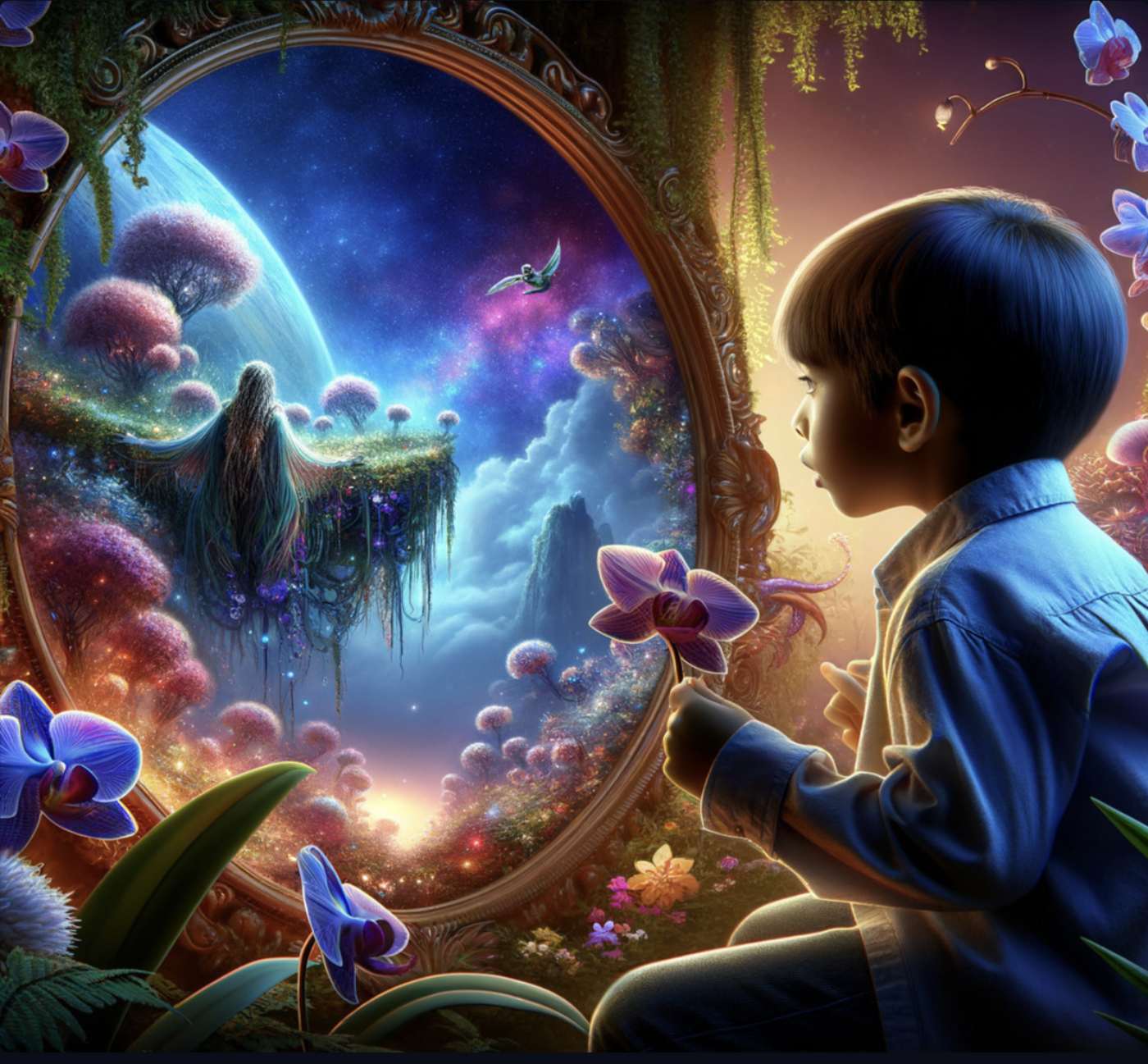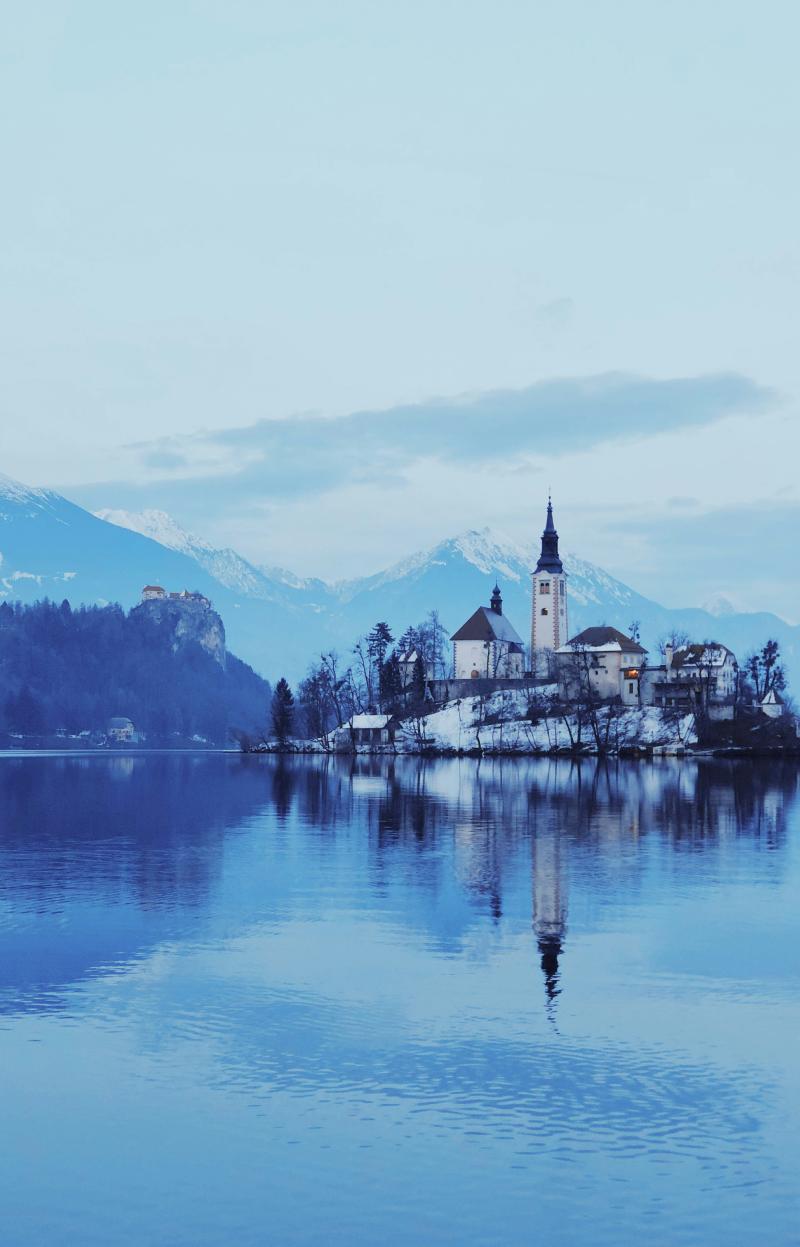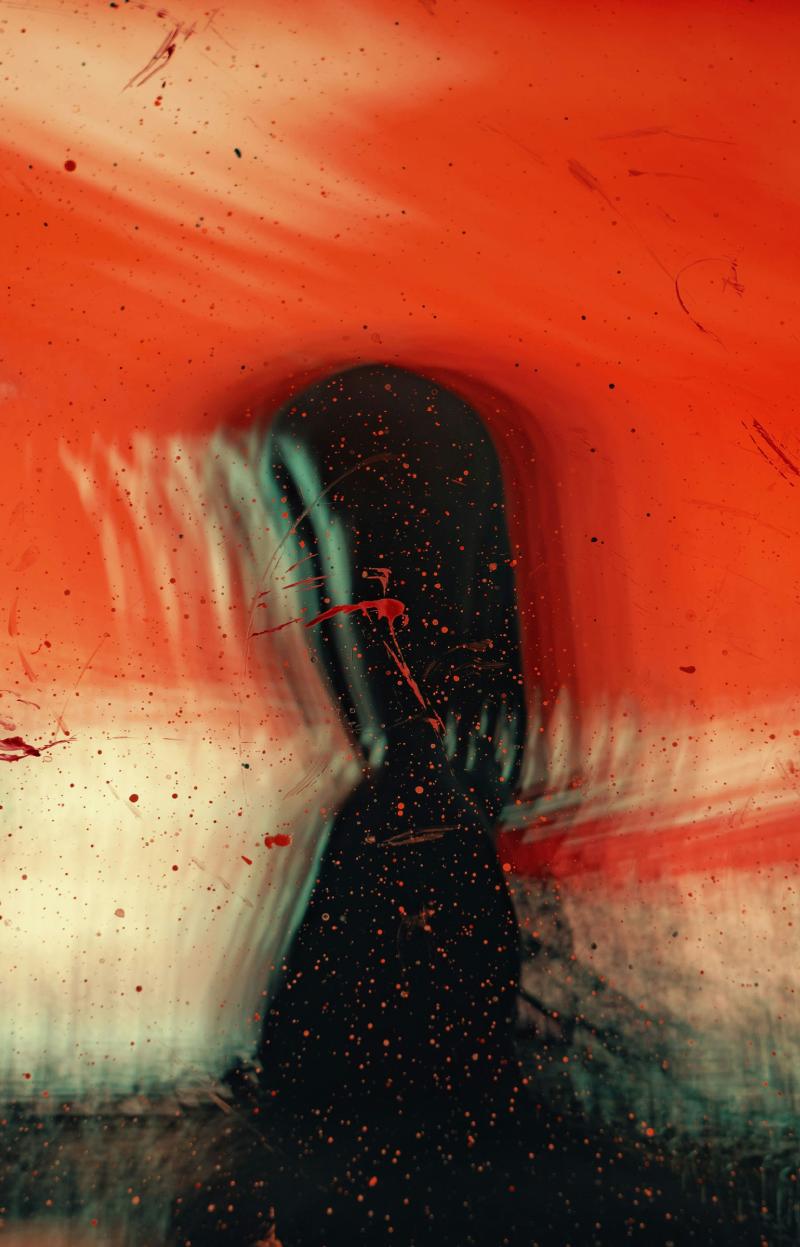Fairy Dust Chronicles: Crafting Magical Elements for Timeless Children’s Tales

In the enchanting world of children's fairy tales, where the ordinary meets the extraordinary, the magic lies not only in the stories but also in the crafting of fantastical elements. Have you ever wished to make creatures that roam beneath the twinkling night sky or objects that whisper secrets of far-off lands?
Today, we embark on a journey to explore the art of creating magical elements, inviting you to unlock the door to whimsy and infuse your tales with the enchantment that captivates young hearts.

01. Imagination as the Foundation
Children’s fairy tales thrive on boundless imagination. Begin by envisioning a world where anything is possible. Picture magical landscapes, vibrant colors, and fantastical inhabitants. Allow your imagination to run wild, paving the way for extraordinary characters and objects to take center stage in your narrative.
Take the example of J.K. Rowling’s “Harry Potter” series, the magical world of Hogwarts is a testament to the limitless potential of imagination, featuring fantastical creatures like Hippogriffs and magical objects like the Invisibility Cloak.
02. Establishing Rules for Magic
While magic is inherently boundless, giving it structure within your fairy tale is crucial. Ensure that the magical elements in your story follow a consistent set of rules and principles. Whether it’s a system of spells, the behavior of magical creatures, or the properties of enchanted objects, maintaining internal consistency will make your magical world feel more immersive and believable.
For example, in C.S. Lewis’s “The Chronicles of Narnia,” the wardrobe serves as a magical portal to the land of Narnia. The rules of entering and exiting through the wardrobe remain consistent throughout the series, grounding the fantastical element in a sense of logic.
03. Developing Magical Creatures
Magical creatures are a cornerstone of children’s fairy tales. When creating these beings, consider their unique traits, behaviors, and roles within the story. Infuse them with distinct personalities that resonate with your target audience, making them both relatable and fantastical.
Roald Dahl’s “The BFG” introduces the Big Friendly Giant, a magical and endearing character who captures the imagination with his giant ears and penchant for catching dreams.
04. Enchanting Objects with purpose
Enchanted objects should serve a purpose beyond their magical qualities. Ensure that these items play a vital role in advancing the plot or character development. Connect their magical attributes to the broader narrative, creating a seamless integration.
Wands and staffs, conduits of magical power, symbolize mastery and personal transformation. Amulets and talismans, protective charms, embody the human quest for safety and fortune. Books and scrolls with arcane knowledge signify the pursuit of wisdom and enlightenment. Cauldrons, associated with transformation, represent the cyclical nature of life and growth. Mirrors, in magical contexts, serve as symbols of self-reflection and the unveiling of hidden truths. Cursed or bewitched objects act as cautionary symbols, highlighting the consequences of human actions and the dangers of unchecked desires.
Together, these magical artifacts enrich narratives by tapping into fundamental aspects of the human experience.
05. Consider the Source of Magic
Decide on the source or origin of magic in your fairy tale world. Is it derived from nature, ancient spells, magical artifacts, or something else entirely? Understanding the source of magic can help you create a cohesive and well-defined magical system that aligns with the overall theme of your story.
Bonus Tips
Symbolic Magic
Include magical elements within the narrative to convey essential values. Use these elements as symbolic representations that subtly impart important life lessons to young readers.
For instance, wise old owl might embody courage, a friendly rabbit symbolizes kindness, and a helpful squirrel represents teamwork.
Cultural Inspiration
Infuse your magical elements with inspiration from diverse cultural myths and folklore.
You might have your character discover a magical carpet from Persian mythology, a talking mask from African folklore, or a luck-infused coin from Irish tales, promoting cultural curiosity and understanding.
ordinary things, and will be encouraged to find magic in their own everyday lives.
Balance of Limitations & Powers
Give careful thought to the limitations and powers of your magical elements. Establishing clear boundaries prevents magic from devolving into a convenient solution, solving every challenge effortlessly.
Infuse Emotions into Magic
Explore the emotional aspects of magic. Consider how magical elements can be tied to characters’ emotions, intentions, or relationships. For example, a character’s emotions might influence the strength or nature of their magical abilities, adding a layer of depth to both the characters and the magic itself.
Draw Inspiration from Nature & Mythology
Look to the natural world and mythology for inspiration. Let’s take a look:
Crystals like amethyst and rose quartz serve as conduits for energies, offering clarity, protection, love, and healing in spiritual practices.
Aromatic plants such as sage and lavender, steeped in historical significance, weave their essence into magical traditions, performing purification, relaxation, and peace rituals.
Birds, from wise owls to elusive nightingales, serve as messengers and companions on heroic journeys, their flights echoing the pursuit of freedom and knowledge.
The allure of water in oceans, rivers, and lakes embodies purification, transformation, and the ethereal realms inhabited by mermaids and water nymphs.
The whispering breeze through ancient trees mirrors the wisdom bestowed by mystical forests in stories where wise beings dwell.
Weather elements, from thunderstorms expressing divine anger to rain symbolizing renewal, evoke the powerful forces of nature.
The moon’s phases, stars, and constellations inspire mysticism and transformation, while caves and mountains, entrances to other realms or homes for mythical beings.
Engage the Senses
Use descriptive language to engage the senses when describing magical elements. Explore how magic looks, sounds, feels, and even smells. By appealing to the senses, you create a more vivid and immersive experience for readers, allowing them to visualize and connect with the magical elements on a deeper level.
End Note
And there you have it, fellow writers! Crafting stories with symbolic magic, cultural inspiration, evolving enchantments, hidden wonders, and magical journeys opens a portal to imaginative realms and life lessons for young readers.




